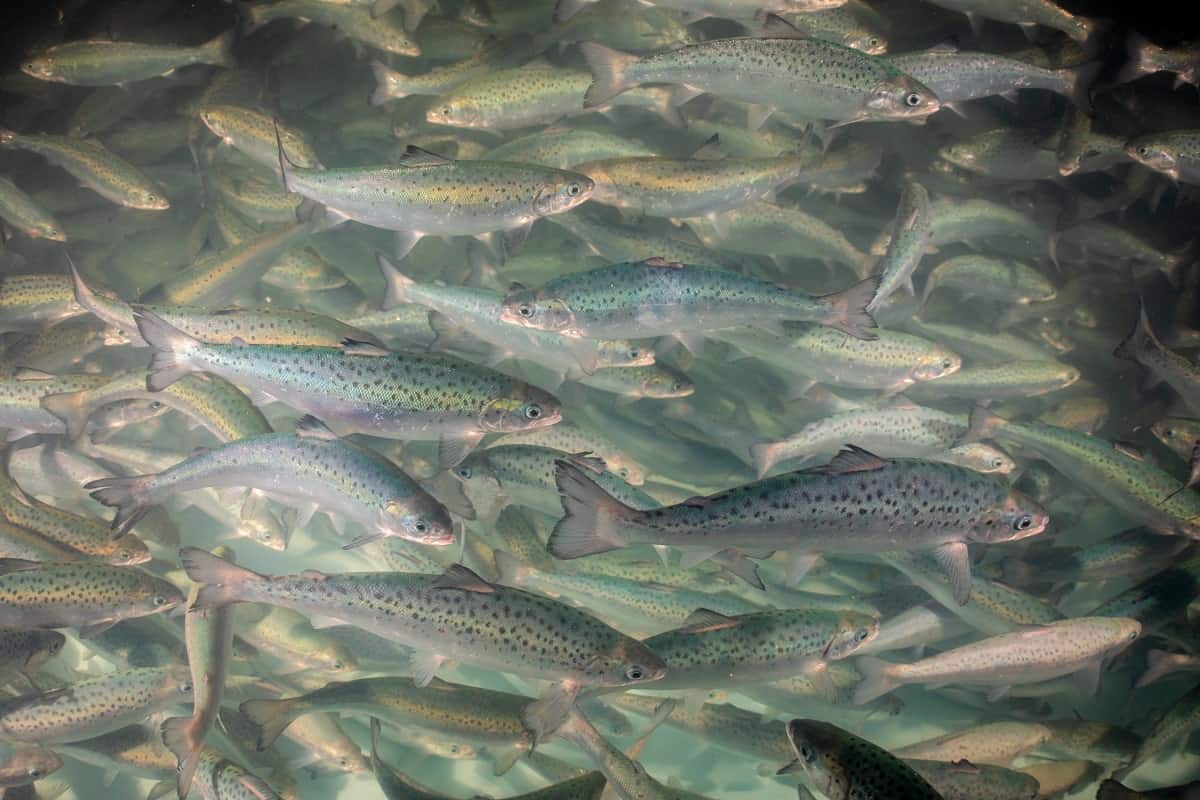Natural ‘phenomenon’ on display in the Credit River in Mississauga
Published October 7, 2024 at 4:40 pm

One of nature’s “most amazing feats” that takes place each fall in Mississauga is happening again — and those interested can get an up-close look.
The annual salmon run, or migration, is underway in the Credit River and Mississauga officials encourage residents of all ages to bear witness.
There are several great locations to check out “this annual phenomenon,” City of Mississauga officials say, noting the salmon run peaks in early October.
However, they remind people to look, but don’t hook the fish. Sept. 30 marked the end of allowable fishing for salmon this year.
Netting the fish this time of year is illegal, “and if you are caught, you will be charged,” officials say.
“The fish are pushing their way up stream on the journey of their lives and are in prime viewing locations for residents,” the city said in a news release on Monday, adding “it is also with this journey that we get some folks illegally netting the fish.
“This time of year, these massive fish will push their way against the current of the Credit River to spawn and lay their eggs, and it all happens right here in Mississauga,” officials continued. “As water temperatures start to cool and water levels deepen thanks to fall rains, freshwater salmon begin their yearly trek from the mouth of Lake Ontario up the Credit River to spawn. If they make the trip successfully, they spawn or lay their eggs and complete their life journey.”
Witnessing the journey of the salmon “is truly incredible when the odds of making it to their destination are heavily against them. So, as we watch these fish swim, it’s important to do so in a way that won’t impede their journey.”
In Mississauga, there are several “great locations” along the Credit River where people can easily view the salmon make their journey. Due to heavy rainstorms over the summer, some trails from which to watch the fish are closed for safety reasons.
Viewing spots that remain open include Meadowvale Conservation Area, in the north part of the city, and Barbertown Bridge in Streetsville.

(Photos: City of Mississauga)
The city also encourages people to do research into the three types of salmon that make their way up the Credit River each fall.
“Each year, salmon in Lake Ontario return to the streams where they were born (or stocked) to reproduce,” officials say.
In the spring, offspring from all three species — Chinook, Atlantic and Coho salmon — hatch and swim downstream, making their home in Lake Ontario until it’s their time to migrate north.
Each type of salmon has its own distinct characteristics:
- Chinook salmon: this species migrate once they reach maturity (between three and seven years) and typically die after spawning is complete. They can grow up to 100 centimetres in length
- Atlantic salmon: unlike Chinook salmon, this smaller salmon species make their way back to Lake Ontario after their migration upstream. Atlantic salmon are native to Lake Ontario
- Coho salmon: while smaller than the Chinook, both species are native to the north Pacific Ocean and were introduced to the Great Lakes in the 1960s. Coho can grow up to 75 centimetres in length
